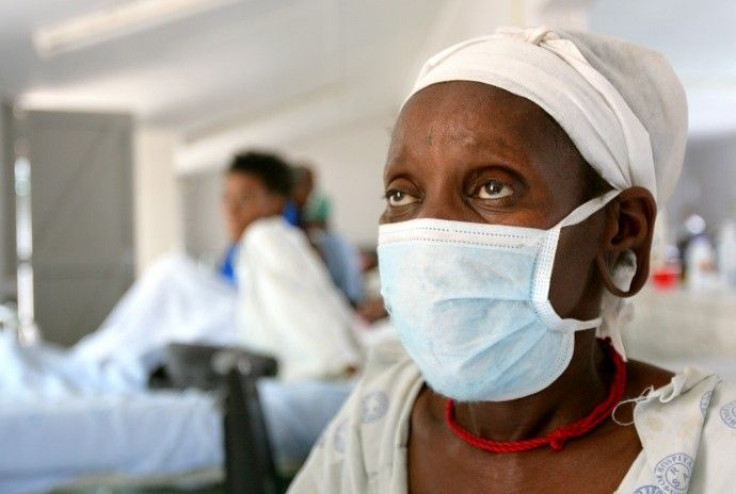WHO Endorses Action Plan to Fight Dangerous TB Spreading in Europe

The World Health Organization (WHO) on Wednesday multidrug-drug-resistant tuberculosis is spreading at an alarming rate in Europe and they are prepared to endorse what they call an ambitious and rigorous action plan to fight multidrug- and extensively drug-resistant tuberculosis (M/XDR-TB).
TB is an old disease that never went away, and now it is evolving with a vengeance, said Zsuzsanna Jakab, WHO regional director for Europe, in a statement. We have to find new weapons to fight it. We know what works - the action plan is built on the evidence. WHO/Europe and its partners will provide technical support to our Member States as they commit themselves to implementation.
The decision of having the 53 countries making up the governing body for the WHO European Region endorse the new action was made at the 61st session of the WHO Regional Committee for Europe, held in Baku, Azerbaijan.
By the numbers
TB currently kills 1.7 million people a year around the globe. It is caused by the bacterium Mycobacterium tuberculosis and works by destroying patients' lung tissue, causing them to cough up the bacteria. When this happens TB then spreads through the air and can be inhaled by others.
Nearly 3500 TB cases are diagnosed annually in London, an increase of about 30 percent in the last 10 years. It is the highest TB rate of any capital city in western Europe, WHO said.
MDR-TB in London doubled between 2005 and 2009, and now represents nearly 2 percent of all cases, the organization added.
It takes about two years to treat MDR-TB patients, using second-line drugs and/or surgery. In western Europe, treatment fails in 23 percent of patients; 26 percent are lost in follow-up; 19 percent die, and only 32 percent are successfully treated, WHO said. This is in contrast with a success rate of an estimated 65 percent in eastern Europe and central Asia.
The new action plan
WHO said the plan will take an account of new diagnostic techniques, patient-centered models of care and services tailored to particular populations. It will include budgets, targets and timelines; six strategic directions, such as collaboration on more effective drugs, vaccines and testing; and seven areas of intervention, such as improving access to testing and treatment.
WHO also said countries will commit to making national TB action plans, dedicating facilities, improving public awareness using the Internet and liaison with civil society, and working across sectors.
The new consolidated action plan has been developed with unprecedented consultation, including with patients and communities suffering from the disease, said Hans Kluge, the regional director's special representative on M/XDR-TB at WHO/Europe, said in a statement. This problem is a man-made phenomenon resulting from inadequate treatment or poor airborne infection control and we need wide involvement to tackle the damage that humankind has done.
The organization said by the end of 2015 they want to:
-- Decrease by 20 percent the proportion of MDR-TB cases among previously treated patients;
-- Diagnose at least 85 percent of estimated MDR-TB cases; and
-- Treat successfully at least 75 percent of patients notified as having MDR-TB.
Saving lives
When this consolidated action plan is put in place it would prevent the emergence of 250,000 new MDR-TB patients and 13,000 XDR-TB patients, the diagnosis of an estimated 225,000 MDR-TB patients and the successful treatment of at least 127,000 of them.
About 120,000 lives and US $5 billion are expected in savings when taking into account direct savings by preventing the loss of productive lives. A further US $7 billion is expected in additional savings by averting future M/XDR-TB cases, WHO said, noting that the cost of not implementing the plan for the region would be US $12 billion in total.
© Copyright IBTimes 2024. All rights reserved.












